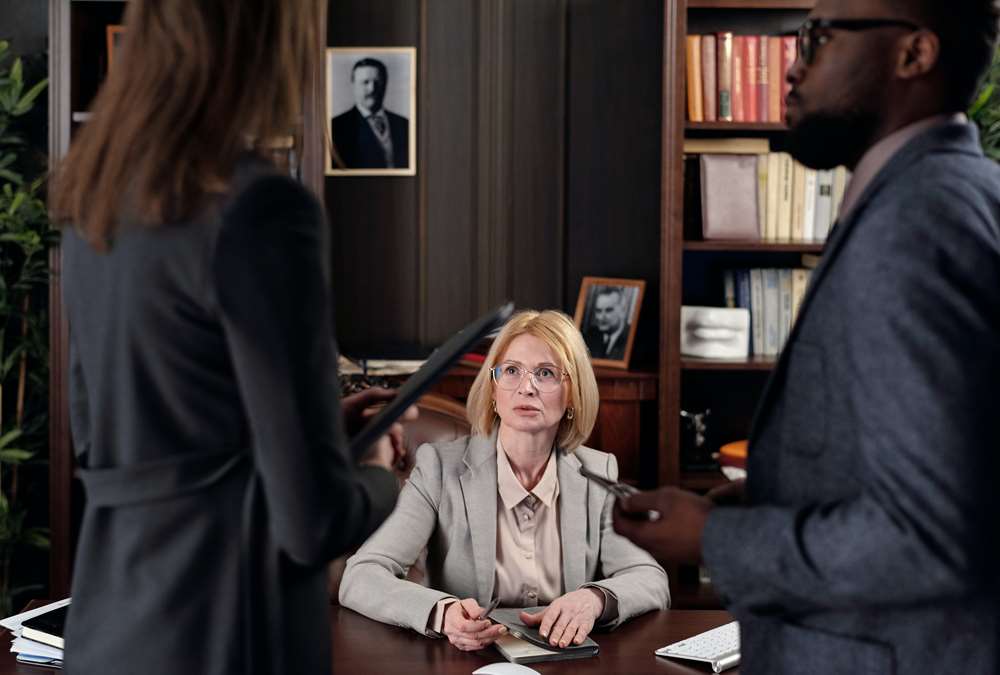- Home
- Business Processes
- Industry Knowledge
- Aerospace Industry
- Automotive Industry
- Banking Domain
- BFSI Industry
- Consumer/ FMCG Industry
- Chemicals Industry
- Engineering & Construction
- Energy Industry
- Education Domain
- Finance Domain
- Hospitality Domain
- Healthcare Industry
- Insurance Domain
- Retail Industry
- Travel and Tourism Domain
- Telecom Industry
- Leadership Skills
- eLearning
- Home
- Leadership Skills
- Change Management
- Symbolic Interaction and Social Change
Symbolic Interaction and Social Change
George Herbert Mead, an American philosopher, affiliated with the University of Chicago founded the theory of symbolic interactionism. A major aspect of this is that people interact by symbols both verbal and non-verbal signals and every interaction makes a contribution to the mental make-up of the mind thus every interaction with someone, changes you and you go away a different person signifying that humans and change go together.
George Henry Mead, of Chicago University, lectured much and wrote very little. His ideas were so powerful that his students felt the need to take detailed notes and produced his material so that we, after his death, can reflect upon it. He gave rise to a sociological and psychological theory, academically known as 'symbolic interactionism'. Symbolic interactionism also referred to as the Chicago sociological tradition.
Dynamic Human Experience
According to Mead, the mind is not just reducible to the neurophysiology of the organic individual but is emergent in "the dynamic, ongoing social process that constitutes human experience. In every waking moment, we humans are taking new impressions of the world around us and rearranging the old impressions in the light of the new. Mead states that "the self is a social process," meaning that there are series of actions that go on in the mind to help formulate one's complete self, and hence there is no such thing as stability. Several significant schools of philosophic thought have stressed this.
The Constant Change Process
We are all the time taking into our minds new impressions through the senses. We see things, we hear things, we touch things, we taste things, and beyond that, we have feelings about the messages our five senses bring to us.
These impressions make us sad, happy, impatient, excited, worried, angry, uplifted, determined, uncertain, jealous, envious; they make us love, hate, sympathize, empathize, co-operate, oppose, fight; and these emotions, being stirred, provide us with energy and impel us to action. All these impressions and the emotions they stir are recorded in our memories.
All these related emotions are written down in our human audio-video brain machines and this data keeps on evolving all the time. As more ingredients come into the mind, so the earlier ones seem just a little different- they are expanded and perceived in a new light. Human memory is also selective and the entire recordings that we have done over time do not make its presence felt consciously all the time. Most of it is buried in the depths of the unconscious and sometimes get triggered by new events. We have an exciting picture of the human mind as a flow of impressions, and emotions, and ideas that connect them. The thinking we do about impressions is part of the change process.
Human Life as Interaction
As we are constantly developing new connections hence we are constantly changing them as well. Hence change is the microsecond by microsecond essence of living. It is important to understand that this way, change actually fits with the very structure of our minds and of our thinking. Hence the principles of change management discussed in this section and the need for a change mindset should not be difficult to absorb.
A major aspect of it is that people interact by symbols - words and non-verbal signals in particular. Every interaction makes a contribution to the mental make-up of the mind. When you have had an interaction with someone, you go away with a different person. You have each added something to the other.
Mead made a distinction between the 'I' and the 'Me'. The 'Me' is the accumulated understanding of "the generalized other" i.e. how one thinks one's group perceives oneself etc. The 'I' is the individual's impulses. The 'I' is self as a subject; the 'Me' is self as an object. Mead described each individual as having of being a central 'I' around which a whole lot of 'me s'-- less stable and derived from the interactions with others were revolving. The 'I' then constantly reacted to all these constantly changing 'me s' and absorbed them into itself.
Take the example of the social act of economic exchange. In any exchange, both buyer and seller must take each other's perspectives towards the object being exchanged. The seller must recognize the value for the buyer, while the buyer must recognize the desirability of money for the seller. People who have influenced us have changed us. Once you have read this article, as a result of this interaction, are will be a slightly different person from the one you were a few moments ago.
So being human and change go together and this should make the quest of this unit easier.
A Positive Approach to Change
The task of the business or any commercial enterprise is to make better things, using less of the effort and resources. Management is designed to maintain the highest rate of change that the organization and the people within it can stand. Yet even when we acknowledge all this, we are prone to resist change. We fear it; we avoid it and we sign for the status quo.
These perceptions of what is to be human can help us to take a positive approach to change and make it work to our advantage and to that of our enterprise. You are only really alive when you are changing. Change is the essence of personal growth, it is the basis of relationships with other people, and without it, there is no learning and no progress.
Related Links
You May Also Like
-
Stress is a product of the busyness of modern life. It has assumed grave dimensions ever since the emergence of industrialism. In fact, stress is a natural, ongoing, dynamic, and interactive process that takes place as people adjust to their environment. Stress can be brought about by positive or negative life events. Distress can cause disease and eustress or positive stress can promote wellbeing and increased productivity. Learn to recognize and be responsible for your stress, and learn the ways to manage stress.
-
Tools for Developing Your Team
If a manager has too many weak spots in the talent of the team, the ability to empower the team members to independently execute the project is impaired. Assignments fall behind schedule or stretch out because the needed skills or knowledge are not in place when needed. To successfully execute important projects, hiring talented people, and increasing the talents of existing staff are most important.
-
Charles Darwin had once commented that “It is not the strongest or the most intelligent who will survive but those who can best manage change.” Agility means the capability of rapidly and efficiently adapting to changes and recently, agility has been applied in the context of software development, agile enterprise, and agile leadership. Agile leaders play an important, even essential, role in scaling agility in an organization. Understand how being an agile leader helps in effectively catalyzing organizational change.
-
Facilitative Leadership is all about involving the employees in the decision-making process at all levels enhancing their sense of ownership, responsibility, and motivation. Facilitative leadership style uses a number of indirect communication patterns to help the group reach consensus and build commitment for the decision taken. To be effective in modern organizations, managers need to become facilitative leaders, learn what it means to be a one.
-
Generating Ideas using Brainstorming
The brainstorming technique was developed by Alex F. Osborn in 1957 and brainstorming means where a team of members generates a large amount of alternative fruitful ideas on a specific problem without any criticism and then evaluates each idea in terms of their pros and cons. Brainstorming techniques fall into four broad categories: visioning, exploring, modifying, and experimenting.
-
Benefits of Teams in Workplace
The use of formal work teams is commonplace in modern organizations. But why we have teams? What are the benefits or advantages that teams provide for organizations and employees? Do we really need to adopt formal team structures and use team-building approaches in organizations? Read this article to explore and learn the benefits of having formal teams in organizations.
-
Concept & Definition of Stress
Stress is a popular expression used by people in day to day life. Pressures of day to day living sometimes necessitate coping or dealing with them and stretch the body beyond its natural capacity. They are called stressors. Stress is a natural, ongoing dynamic, and interactive process that takes place as people adjust to their environment.
-
In our present Hitech scenario, society is changing very fast. What are the skills that are most relevant for leaders in relation to the changing economic environment? Leaders need to develop skills to drive innovation and change in order to play a more central role in their organizations’ activities. How do managers accept the change and meet business expectations by becoming a key figure in driving change and innovation?
-
Four main areas in an organization that need special focus when we discuss the change in an organizational setup are organizational structure, technology, work environment, and the people. Some people call it a process, system, and people. Change in an organization includes adapting to change, controlling change, and effecting change.
-
Recognizing Stress & its Sources
As an individual, you almost certainly know what stress feels like. Stressors are events or situations to which people must adjust. Stressors may be physical or psychological in nature. The level of severity of stress is determined not merely by exposure but the intensity, duration, and frequency of stressors. The sources of stress are many. They arise from multiple areas both with the individual and from the environment.
Explore Our Free Training Articles or
Sign Up to Start With Our eLearning Courses

About Us
Learning
© 2023 TechnoFunc, All Rights Reserved










